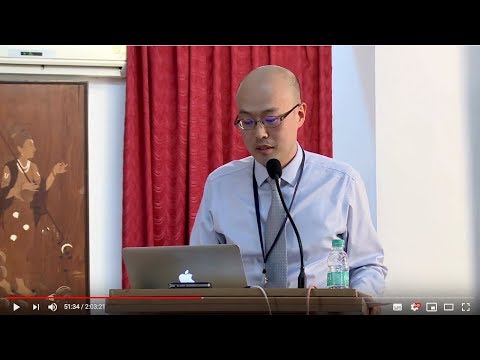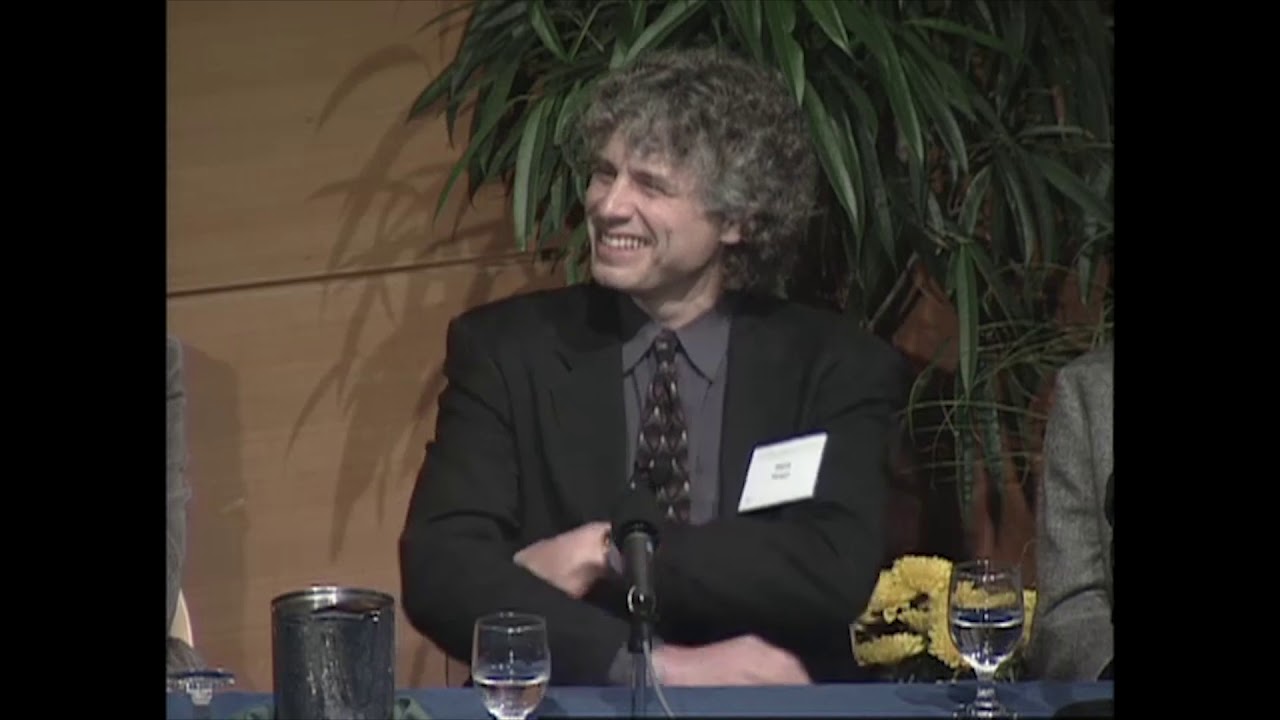Bhagavata Purana Research Project
Please kindly donate to me, to the moviemaker, to the channel from the link below; https://www.paypal.me/incimutlumilano
If you are watching this movie and if you find it useful for you, please kindly pay a little fee, the amount that you want, by donating from the link above.
So that I can continue to make more movies for educational purpose on Bhagavata Purana. Thank you in advance. Please e-mail me at incimutlu@gmail.com
THE C.P: RAMASWAMI AIYAR FOUNDATION, MADRAS; INDIA
Ithamar Theodor Haifa University, Israel
“The Bhāgavata Purā a and Bharata’s Rasa Aesthetics ”
The Bhāgṇava taPurāaholdsauniquepositionamongthe purāas,andisconsideredbymany to be the most important purā a; as such its influence as a religious book has been phenomenal comparableon lytotheepics–theRāmāyaaandthe Mahābhārata.Althoughthereislittle doubt in regards to the BhP’s dominant Vedāntic character, its Vedānta is expressed in a rather unique style, whichṇ as sociates it closer with Kāvya than with the general purā ic genre. As such, it touches the heart of the reader in a way no other literature does. Bhakti is a major feature of the BhP, and it propounds the divinity of Kṛṣṇa in a rather personal manner. The emotional constituent of bhakti is complex and it includes feelings of adoration, love and the dependence of theṣde voteeonhiswor shipabledeity.Devaluingtheideaof mokainfavorofbhakti,suggestsa theistic form of Vedānta.
Kiyokazu Okita
The Hakubi Center for Advanced Research Kyoto University, Japan
“The Number of Bhaktirasa-s: Jīva Gosvāmī’s Prītisandarbha on Bhāgavatapurā a 10.43.17”
V. Raghavan’s The Number of Rasas (1940) demonstrates that, far from being unanimous, theorists of rasa developed diverse views on how many rasa-s there are. Sheldon Pollock in his recent book The Rasa Reader (2016) also argues that while the rasa theory developed by Kashmirian authors such as Ānandavardhana and Abhinavagupta has dominated the study of Sanskrit aesthetic theory in the West, it is important to recognize that there are theories of rasa that are radically different.
Rembert Lutjeharms
Oxford Centre for Hindu Studies
“The Upanisads as Gopis: Some reflections on Sanatana Gosvami’s commentary on the Veda-stuti”
Commentators on the Bhāgavata Purāṇa have often treated chapter 10.87, in which the personified Vedas awaken the sleeping Lord with beautiful prayers–the so-called Veda-stuti or Śruti-stuti–as an almost independent section, a distinct text within a text. As prayers of the
personified Śrutis, these verses are rich in Vedānta theology and have long been the focus on intense Vedāntic debates, as commentators attempt to expound their specific theology through their reading of these verses. Sanātana Gosvāmī, a direct disciple of Kṛṣṇa Caitanya and former minister at the court of Husain Shah, the Sultan of Bengal, is the author of the Vaiṣṇava-toṣanī, a lengthy commentary on the Bhāgavata’s tenth book that is possibly the oldest Gauḍīya commentary on the Bhāgavata. Sanātana’s reading of the Bhāgavata is particularly marked by his constant interest in the polysemic nature of the text. Repeatedly he offers alternative interpretations. This is particularly evident in his commentary on the Veda-stuti. Here he radically departs from earlier commentators in reading this section not just as a Vedāntic meditation on God, but also as the expression of love to Kṛṣṇa in the mood of the gopīs of Vṛndāvana, a reading he claims to have been taught by Caitanya himself. This paper will briefly explore the way Sanātana interprets these verses to arrive at this dual reading, and also reflect on the implications of this for his theology more generally, and his views on the Bhāgavata and Vedānta more specifically.
Madhavi Narsalay and Vrushali Potnis-Damle
University of Mumbai
“A Critical Study of the Rāsa Līla (10th Skanda) based on the commentary – Bhairavī Tīka by Bahirā Jātaveda”
The Bhāgavata Purā a is one of the fundamental texts in the vast aggregation of philosophical contemplation and systems of thought across India. Based on the foundations of bhakti as a dominant path to Unity with Divinity, this text emphasises the value of bhakti in attaining mok a by way of establishing a direct relationship with Viṣṇu in the form of Kṛṣṇa. It is highly influenced by the tenets of Kapilamuni’s Saṅkhya philosophy though references to Advaita Philosophy are not infrequent. This particular aspect makes an analysis into the underlying thought of Bhāgavata Purā a very interesting as it offers not only its own flavour of unconditional bhakti but also presents itself as a melting pot for the various Indian systems of philosophy. The text being widely appreciated by common people and scholars alike, attracted exegetical analysis in the form of number of commentaries.
Source



